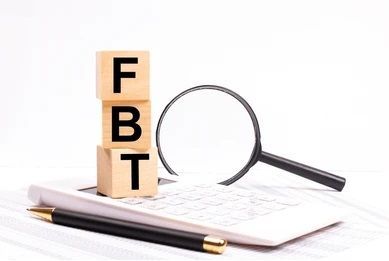Victoria’s Vacant Residential Land Tax
The Vacant Residential Land Tax (VRLT) is in addition to the current Land Tax and short-term rental tax property owners are now facing.
The current Vacant Residential Land Tax applies to residential properties left empty for more than six months and have not undergone significant renovation/reconstruction in the inner and middle suburbs of Melbourne. From 1 January 2025, the vacant residential land tax will be extended to regional Victoria.
The below are what the SRO considers to be vacant land;
- Residential. A building vacant for great than 6 months of a calendar year.
- Uninhabitable residence. A residence which remains uninhabitable for equal to or greater than 2 years.
- Residence under construction/renovation. A residence which remains under construction for greater than 2 years.
There a four exemptions available;
- Holiday home. Must be used for equal to or greater than 28 days for calendar year by the owner or relatives, owner must have a Principal Place of Residence in Australia and this exemption can only be used once.
- Recent Transfer. Change of ownership must occur before 31 December each year.
- Work Accommodation. Must be used by owner for equal to or greater than 140 days per calendar year, owner must have a Principal Place of Residence in Australia and owner must work in Victoria.
- New Dwellings. Exemption can apply for up to 3 years, property must remain unoccupied for the 3 years, ownership cannot change during the 3 years and there must be a genuine attempt to sell the property.
The tax rate will remain at 1% of the asset’s capital improved value (CIV), meaning $300,000 of vacant residential property will have an annual tax of $ 3,000. You can find your land’s capital improved value on previous council rates notice or a prior-year vacant residential land tax assessment. The tax rate will increase to 2% for the second year vacant and 3% for the third year vacant. There is a concessional tax rate of 1% for new dwellings unoccupied for less than 3 years.
Individual property owners are responsible for notifying the State Revenue Office of any vacant residential properties.
The post Victoria’s Vacant Residential Land Tax appeared first on Green Taylor Partners.
More GTP Articles






